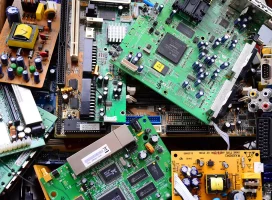5 Common Miscalculations OEMs Make That Impede Effective Proactive Obsolescence Management
…and What You Can Do
Embedded and Application OEMs both face issues with their customers when product life cycles are longer than originally anticipated.
Thinking critically about servicing systems past component EOL notices is vital for effective forecasting and maintenance, not only for end users but for manufacturers as well.
Paying attention to the following five things will reduce everyone’s stress level and expenses throughout any product’s life cycle:
Length of operation. OEMs often plan for a shorter life cycle than their customers do. This causes issues when components are no longer available, sending customers into a frenzy to get what they need so they don’t lose production or service revenue.
Access to parts. It’s easy to forget that after a component’s EOL is reached, access to parts isn’t guaranteed. For discontinued parts, it typically takes much longer than expected to procure the parts and resolve part-shortage issues, sometimes under relentless pressure from demanding customers. What if you knew how many parts you would need and when?
Rising production costs. Production costs for older low-volume products are not static. Natural cost overruns of less frequent low-volume production, loss of tribal knowledge, and part EOLs must all be considered when calculating options.
Customer’s disapproval of unexpected changes. Customer agreement to new expenses is not guaranteed, no matter the reasoning. When board OEMs request refresh NRE or the OEM attempts to raise prices to cover geriatric product-cost overruns, customers often resist and look elsewhere for solutions. Is it in your best interest to offer a solution that will benefit all customers in every situation?
Forced upgrades. Once a system reaches maturity, Application OEMs naturally rely on their customers to upgrade in response to increased scarcity of discontinued components. However, customers without a business case to upgrade find other ways to keep their systems and fulfill their needs, often at lower-quality standards.
These are good things to think about and discuss with your teams.




